What is Peak Shaving & Load Shifting?⚡Differences Explained
Explore the differences between peak shaving and load shifting and how it can maximise solar & battery, reduce your bills and grid reliance in Australia.
Read more
Tesla Powerwall 3 Rebate Now Available - Combine with Federal Subsidy Today
Posted 29 Jul
Are you considering getting solar installed for your home but not sure if your rooftop can handle a new system? Whilst most homes can support various solar system sizes, there are elements to consider like roof tilt, material type, and orientation that can affect rooftop solar suitability and system performance.
A key factor in determining if your rooftop is suitable for solar is the roof strength / structural integrity.
The average 440W solar panel weights around 21kg, meaning a standard 6.6kW solar system (15 panels) adds roughly 315kg of additional weight to your roof's structure.
Most NSW homes will be able to accommodate this, however, older and more deteriorated homes may need additional assessment.
The likely-hood of your home not being suitable for even a small-scale solar system is pretty low. Even my 30-year-old terracotta rooftop home can easily support its 3.3kW solar system.
Because solar is a long-term investment, it's definitely worth considering these factors before and installation begins to ensure your house is fully suitable for a system installation.
It's more expensive to install, remove, and reinstall a solar system in the future so best to take care of it sooner rather than later.
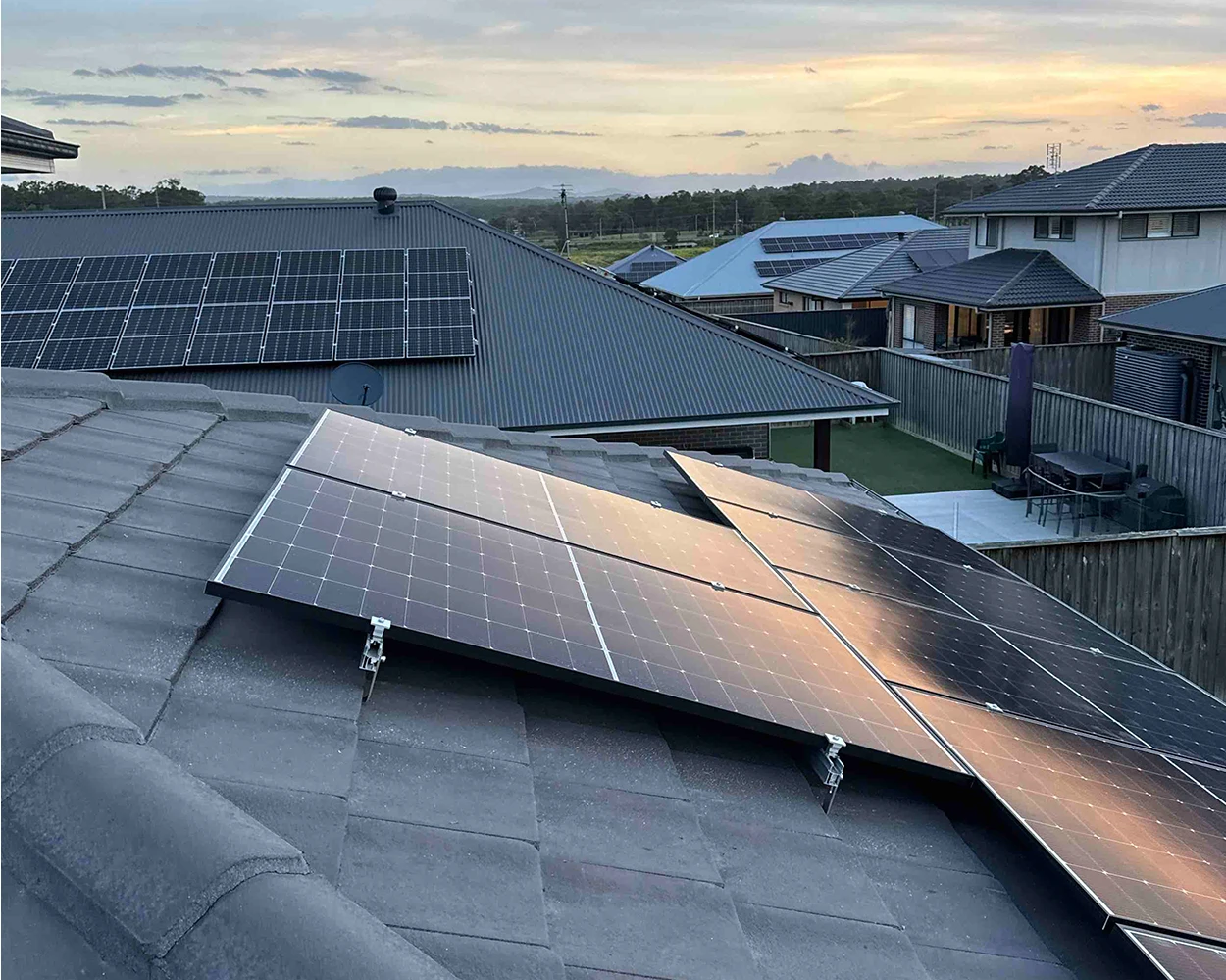
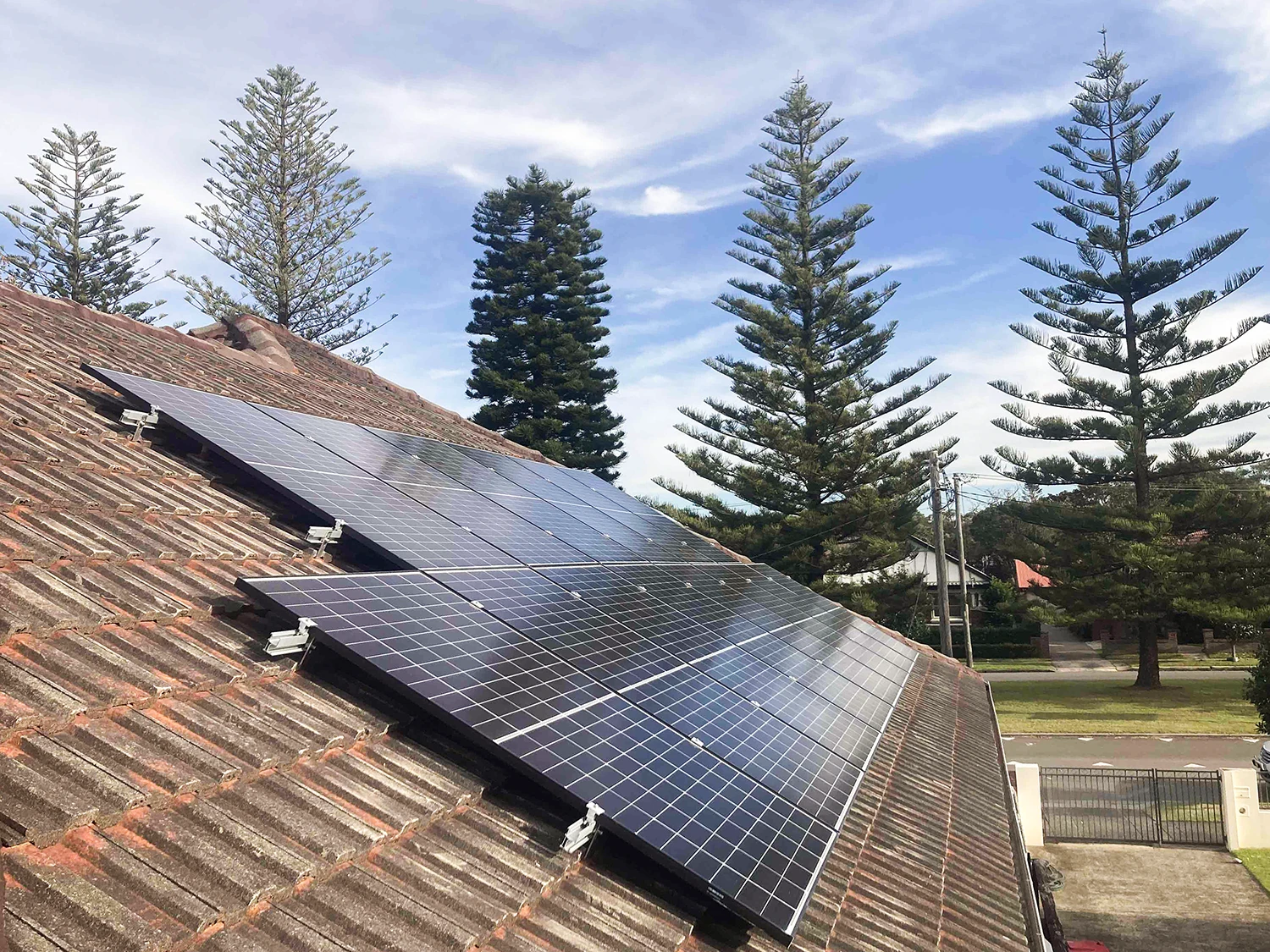
Whilst most roof types can support solar, there are definitely preferred rooftop types that will not only reduce the amount of labour hours on a job, but also improve the efficiency and speed of the installation.
Metal roofing like corrugated and Colorbond steel are typically preferred by solar installers as they offer higher durability, panel mounting, and minimised penetration which can be a more cost-effective solar installation as opposed to tiled roofs. Tin roof solar installation is generally simpler and more affordable, making it an excellent choice for homeowners considering solar
Terracotta and concrete tile roofs are more common, especially for older homes which can make installations more complex in elements like roof penetrations which will require more time to install.
Shade is one of the biggest hidden factors to reduced solar performance throughout NSW. Even partial shading from trees, nearby buildings,
or chimneys can negatively affect your solar generation performance.

If the shade appears during an extended period, particularly throughout the middle of the day, it can dramatically reduce your system's performance, even if it's partial shade. Solar panel efficiency drops significantly when shaded, affecting your overall solar ROI.
Analysing where shadows cast with the sun's movements can help identify any obstructions that can or will affect your solar energy production. Less intrusive obstructions like TV aerials are usually alright, depending on the duration. A professional solar site assessment can accurately determine shading impacts on your potential solar system.
When it comes to getting the most out of your solar system in NSW, the orientation of your primary solar array will play a huge part in your renewable energy generation.
Because the sun rises in the east and sets in the west, it makes the north-facing rooftop face the best position for the optimal sun exposure and maximum solar production and electricity bill reductions.
Even though the sun hits most parts of your roof throughout points of the day, solar panels perform optimally when in direct sunlight. For multi-array systems (more on this later), they can be installed on the both the East and West roof faces to take advantage of morning and afternoon sunlight for consistent production.


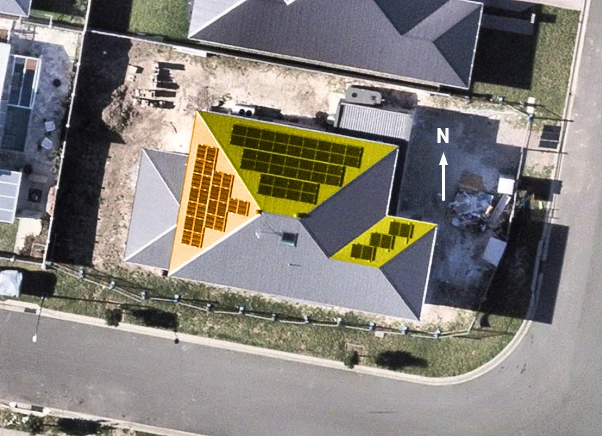
If your roof has multiple roof faces and can't fit on solely the north-facing roof, modern solar technology allows you to design a multi-array system for maximum real estate efficiency.
Multi-array solar systems with multi-MPPT string inverters enable NSW homeowners to take advantage of every roof face available for maximum solar energy generation.
Image: A solar system that is designed to shine at least one array directly at the sun at all times of the day. East, north, and west.
The design phase is a critical part of the solar installation process, as it ensures your system not only fits on your roof, but also optimises power output for maximum energy production.
By professionally designing solar systems, elements like orientation, tilt, components, and strings are optimised to provide the most efficient and long-lasting solar solution available for homes in NSW.
Because every house has different design and requirement variables, suitable systems need to be specifically designed for each property. For example, in this image, we see a south-facing rooftop. In this situation, our design team opted for tilts to face the panels back towards the sun which would otherwise get minimal sun exposure.
Choosing the right solar system size comes down to a few factors including energy requirements, roof space availability, and budget, which can indicate whether a home needs a 6.6kW, 10kW, or 15kW+ system.
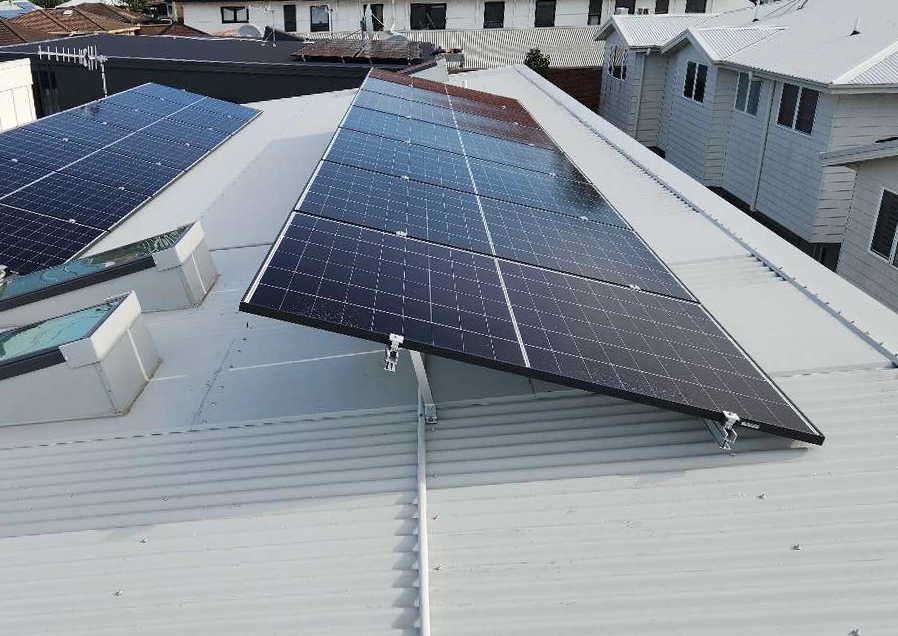
Check which direction your roof faces. In Australia, north-facing roofs receive the most sunlight.
Tip: Use a compass app on your smartphone to determine your roof's orientation.
The angle of your roof affects solar panel efficiency. The optimal tilt depends on your location.
Tip: Most residential roofs have a pitch between 22°-35°, which is generally suitable for solar.
Assess the physical condition of your roof. Solar systems last 25+ years, so your roof should be in good condition.
Recommendation: If your roof needs replacement within 5-10 years, consider doing this before solar installation.
Identify any objects that cast shadows on your roof during peak sun hours (9am-3pm).
Tip: Observe your roof at different times of day and seasons. Even partial shading can significantly reduce output.
Calculate how many solar panels can fit on your suitable roof areas.
Example: A 20-25m² suitable area can accommodate approximately 10-11 panels (6kW system).
Based on your evaluation, determine your roof's overall solar suitability.
Assessing your roof suitability for solar power is the first step in your renewable energy journey. By understanding elements like orientation, tilt, roof condition, and shading, you can determine if your roof is ready for solar and how effective a solar system installation would be.
Choosing a reputable solar installer in NSW ensures that a professional inspects your roof and design a system that is tailored for your rooftop and energy consumption. By having an optimal solar system installed, you can maximise your property's sunlight exposure and renewable energy generation, offsetting your daytime electricity usage.
Explore the differences between peak shaving and load shifting and how it can maximise solar & battery, reduce your bills and grid reliance in Australia.
Explore the difference between solar inverter types like grid-tied, hybrid, microinverters, and off-grid inverters for solar and battery systems in Australia.
Explore Australia's first CEC-approved bidirectional and vehicle-to-grid capable electric vehicle, the V2Grid Numbat, a 6.2kW V2G/H charger now ready.
Renewable News Articles
Not only are we specialists in solar power, but we pride ourselves in being leading installers in battery
storage, as well as EV charging for homes and businesses. For solar and battery systems, we offer both on and off-grid solutions for a
range of applications.
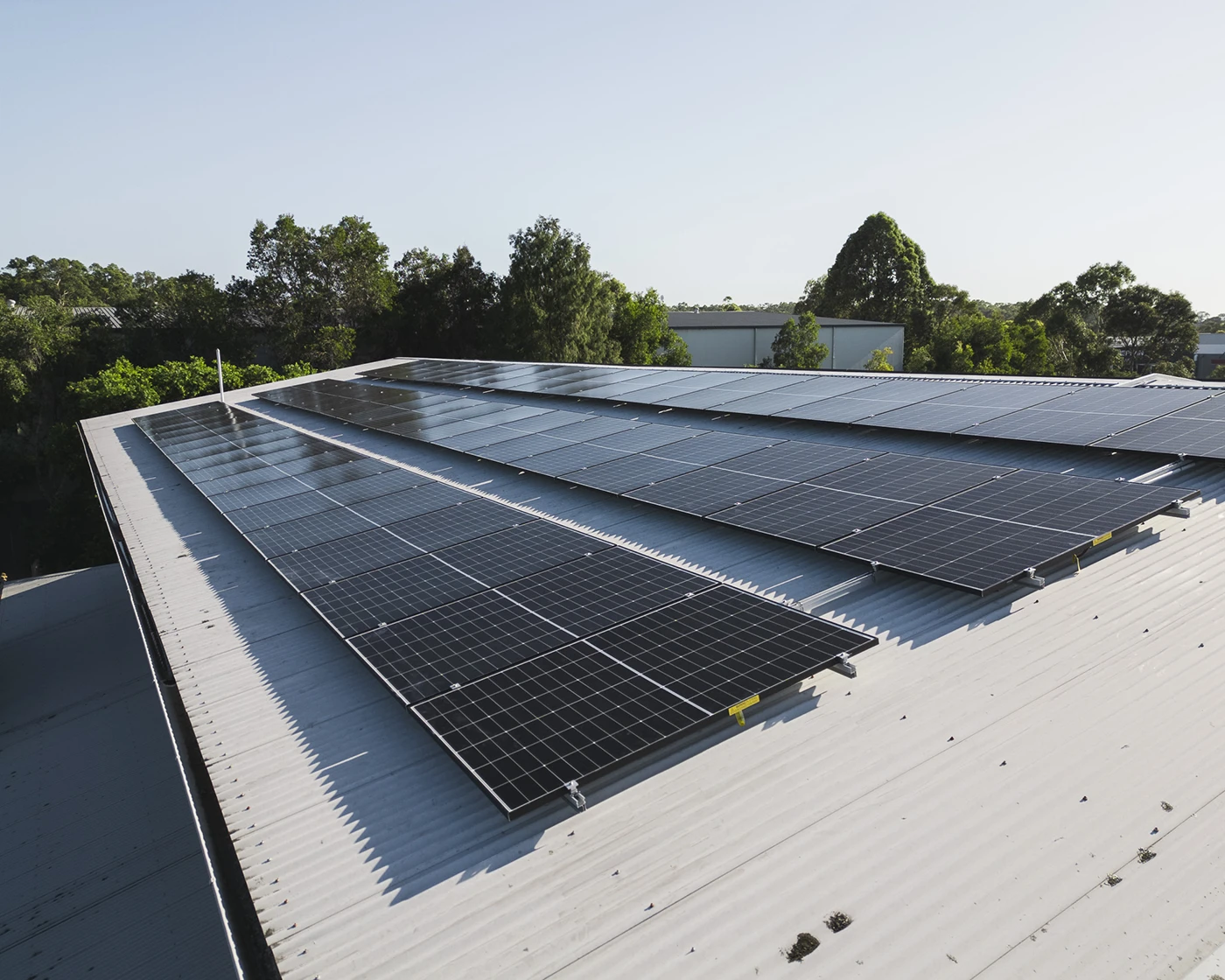
Newcastle's leading solar installers, providing long-lasting residential and commercial rooftop solar systems.
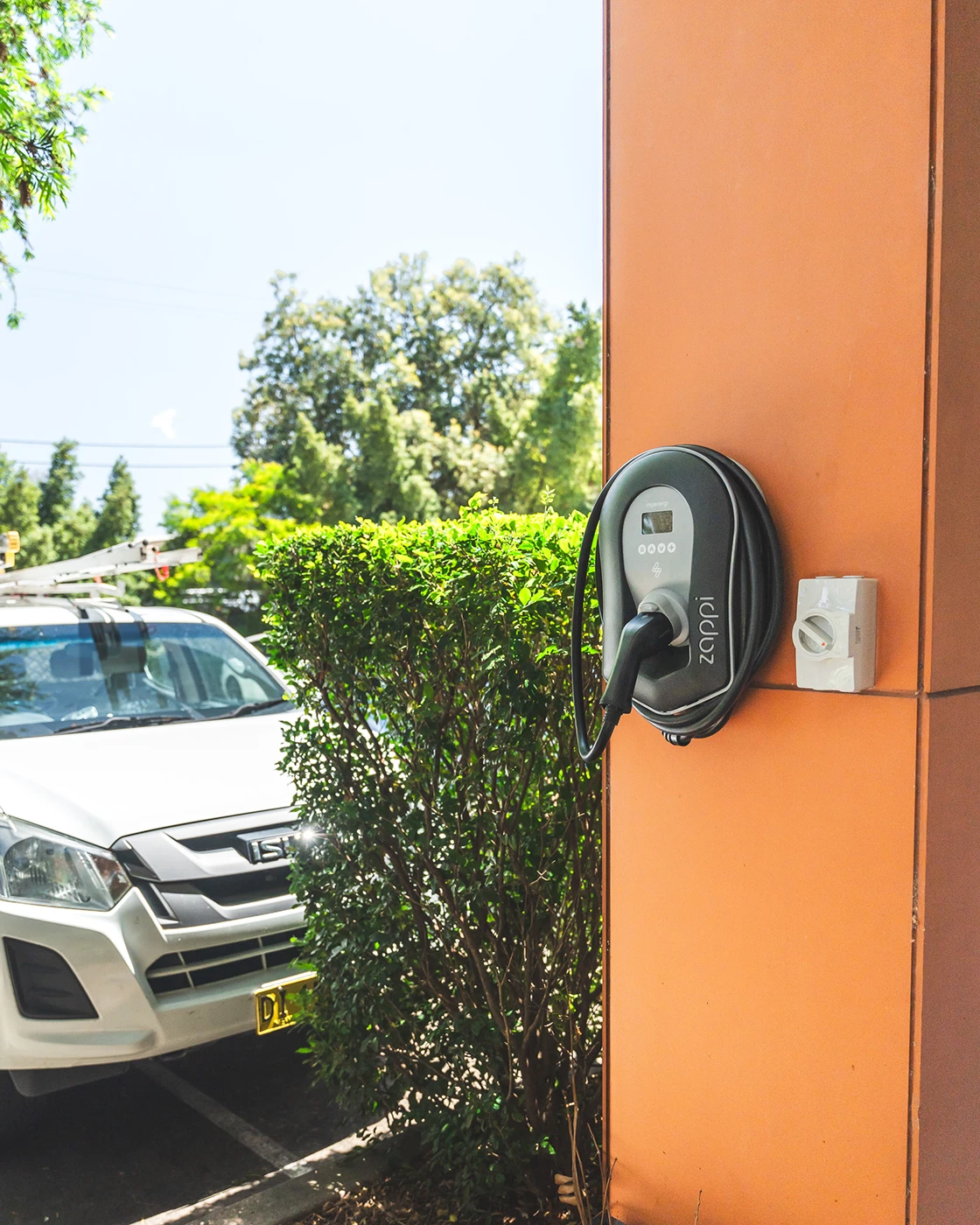
Experts in both residential and commercial electric vehicle charging station installations from 7kW - 360kW+.
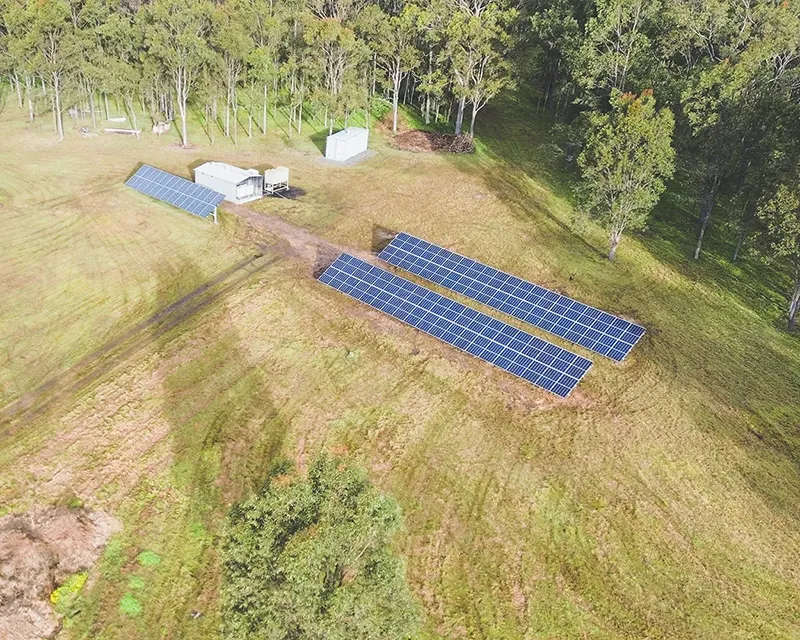
Specialists in off-grid solar and battery, helping properties never have to pay another electricity bill again.
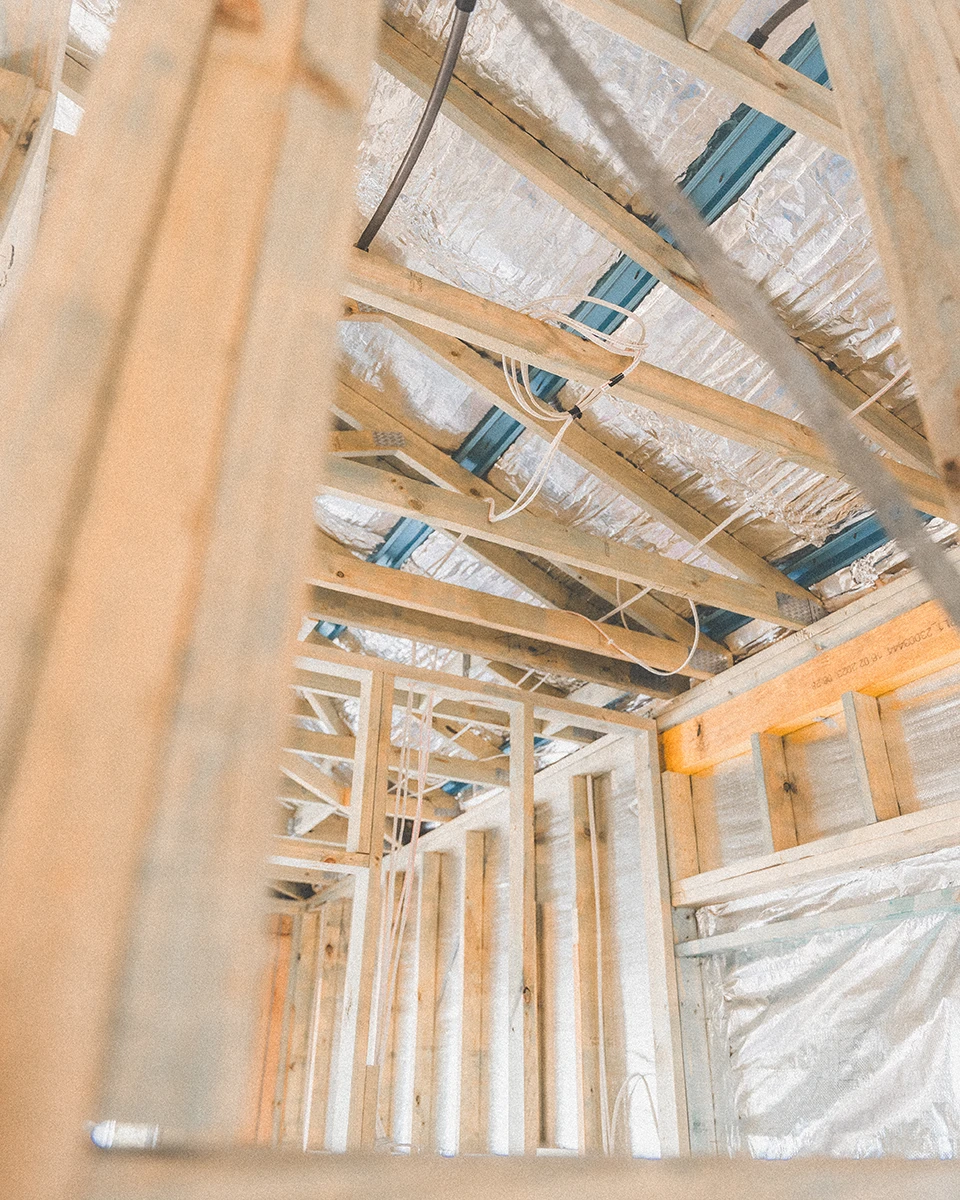
With decades of electrical and industry experience, our fully-qualified & licensed electricians are here to help.
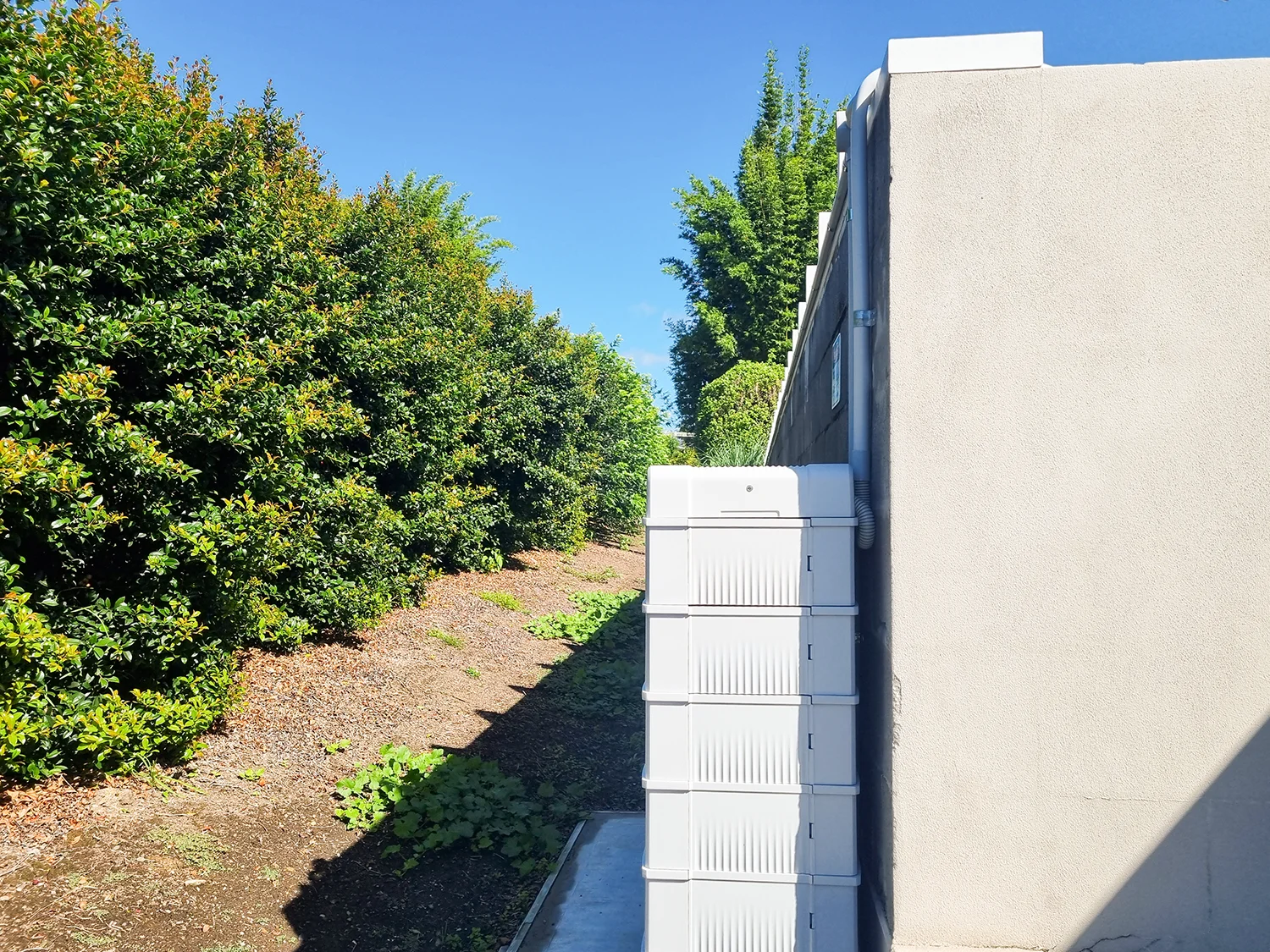
Maximise your solar generation with battery storage from reputable brands to accelerate return-on-investment.
Leave a Comment